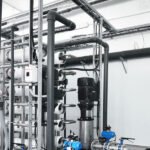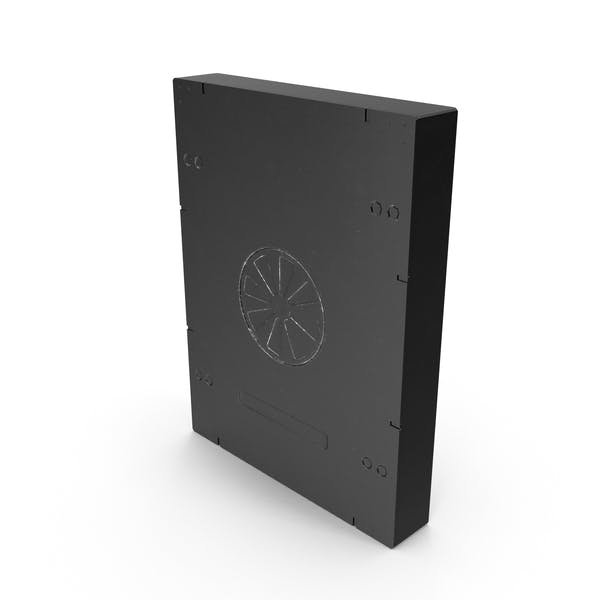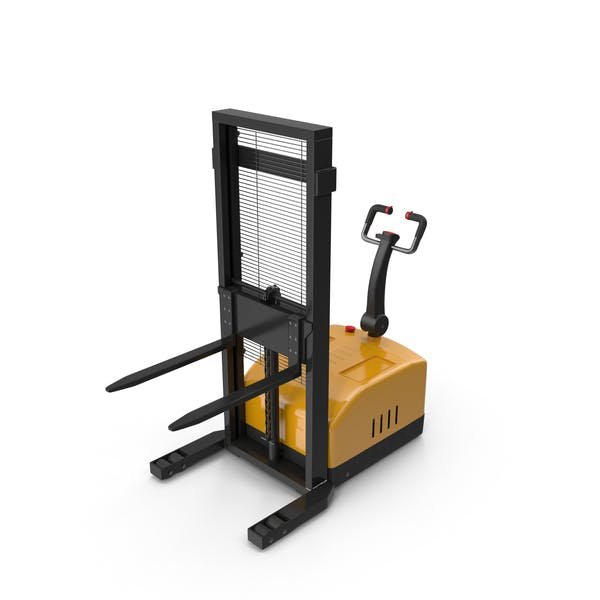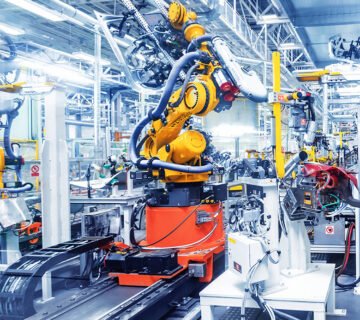Injection Molding Pressure in plastic injection molding refers to the force applied to inject molten plastic into a mold cavity. This pressure ensures that the mold is filled completely and uniformly, which is critical for producing high-quality parts. The pressure needed can vary depending on factors such as material type, mold design, part complexity, and part size.
Key Points About Injection Molding Pressure
Purpose of Injection Pressure
The primary role of injection pressure is to push molten plastic into the mold cavity, ensuring the mold is filled completely. The plastic must flow at the correct speed to avoid defects like air pockets or incomplete fills.
Types of Injection Pressure
- Injection Pressure: The initial pressure used to inject molten plastic into the mold.
- Holding Pressure: After the mold is filled, holding pressure compensates for material shrinkage during cooling and solidification.
Factors Affecting Injection Pressure
- Material Type: High-viscosity plastics (e.g., Polyamide (PA) or Polyoxymethylene (POM)) require higher injection pressures due to their thicker flow properties.
- Mold Complexity: Complex mold designs need higher pressure to ensure the molten plastic reaches every detail of the cavity.
- Part Size: Larger parts require higher injection pressures because more material is needed to fill the mold.
- Injection Speed: Faster injection speeds usually demand higher pressures, but excessively fast injection speeds can lead to defects such as jetting or air entrapment.
Measurement and Control
Injection pressure is typically measured using sensors placed in the nozzle or hydraulic lines of the injection molding machine. Many modern machines are equipped with automated pressure control systems that adjust pressure in real-time to maintain consistent quality throughout the molding cycle.
Impact on Part Quality
- Surface Finish: Proper pressure ensures a smooth surface. Insufficient pressure can result in surface defects, while excessive pressure can cause burn marks.
- Shrinkage and Warping: Correct injection pressure helps minimize shrinkage and warping during cooling.
- Defects: Both excessive and insufficient pressure can lead to defects such as flash, short shots (incomplete fills), or material degradation.
Summary
Injection molding pressure is a critical factor in the plastic injection molding process. Proper management of injection, holding, and back pressures ensures efficient mold filling, high-quality parts, and optimal machine performance. Understanding how to adjust pressure based on material properties and part design is essential for maximizing productivity and minimizing defects.












No comment